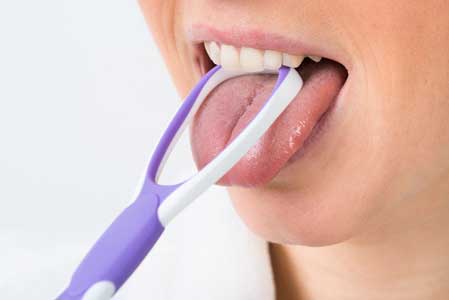The Evolution of Anti-Snoring Devices and Sleep Dentistry: A Comprehensive Overview
Snoring is a common condition that affects millions of people worldwide. Beyond its annoying sound, snoring can also be a symptom of more serious health issues, such as obstructive sleep apnea (OSA). In recent years, there has been a growing interest in anti-snoring devices and the role of sleep dentistry in managing sleep disorders. This article delves into the various anti-snoring devices available, explores their effectiveness, and discusses how sleep dentistry can play a crucial role in addressing snoring and sleep apnea.
Understanding Snoring and Its Implications
Snoring occurs when the flow of air through the mouth and nose is partially blocked during sleep. This obstruction causes the tissues in the throat to vibrate, creating the sound of snoring. Several factors contribute to snoring, including nasal congestion, obesity, alcohol consumption, smoking, and anatomical abnormalities like a deviated septum or enlarged tonsils.
While occasional snoring might be a minor inconvenience, persistent snoring can be indicative of obstructive sleep apnea (OSA), a serious condition where the airway becomes completely blocked during sleep. OSA can lead to a range of health problems, including high blood pressure, heart disease, diabetes, and daytime fatigue. Therefore, addressing snoring is not only about improving sleep quality but also about reducing potential health risks.
Types of Anti-Snoring Devices
Anti-snoring devices are designed to reduce or eliminate snoring by addressing the underlying causes of airway obstruction. These devices can be broadly categorized into several types:
- Continuous Positive Airway Pressure (CPAP) Machines
CPAP machines are commonly used to treat OSA. They work by delivering a continuous stream of air through a mask that keeps the airway open during sleep. While highly effective, CPAP machines can be cumbersome and uncomfortable for some users. Compliance rates can be an issue, particularly if the mask is not well-fitting or if the machine is noisy.
Tongue Retaining Devices (TRDs)

TRDs work by holding the tongue in a forward position to prevent it from collapsing back into the throat and obstructing the airway. These devices can be effective for some individuals, particularly those who snore due to tongue obstruction. However, they may not be suitable for everyone and can take some time to get used to.
- Nasal Dilators
Nasal dilators are small devices inserted into the nostrils to keep the nasal passages open. They are helpful for people whose snoring is primarily caused by nasal congestion or narrow nasal passages. Nasal dilators are generally easy to use and can provide immediate relief for snoring associated with nasal obstruction.
- Snoring Chin Straps
Chin straps are worn around the head and under the chin to keep the mouth closed during sleep. This prevents snoring caused by breathing through the mouth. While effective for some, chin straps can be uncomfortable and may not address snoring caused by other factors, such as throat obstruction.
- Anti-Snoring Pillows
Specially designed pillows can help reduce snoring by supporting proper alignment of the head and neck. These pillows often have contoured shapes to encourage side-sleeping, which can reduce the likelihood of airway obstruction. However, their effectiveness can vary depending on the individual and the underlying cause of snoring.
In some cases, surgical intervention may be necessary to address structural issues contributing to snoring. Procedures such as uvulopalatopharyngoplasty (UPPP), laser-assisted uvulopalatoplasty (LAUP), or radiofrequency ablation (RFA) can remove or shrink excess tissue in the throat to improve airflow. Surgery is usually considered a last resort when other treatments have failed.
- Lifestyle Modifications
Although not a device per se, lifestyle changes can significantly impact snoring. Weight loss, reducing alcohol intake, quitting smoking, and addressing nasal congestion can help alleviate snoring. Many anti-snoring devices work best when combined with these lifestyle adjustments.
- Positional Therapy Devices
Positional therapy involves using devices that encourage individuals to sleep on their side rather than their back. Devices such as positional pillows or vests can help reduce snoring associated with supine (back) sleep. These devices can be particularly effective for people whose snoring is positional in nature.
- Over-the-Counter Anti-Snoring Devices
Various over-the-counter (OTC) devices, including nasal strips, throat sprays, and mouthpieces, are available for reducing snoring. While some of these products can provide temporary relief, their effectiveness is often limited compared to prescription devices and treatments. It's important for users to be cautious and consult a healthcare professional before trying OTC solutions.
- Mandibular Advancement Devices (MADs)
MADs are dental appliances designed to reposition the lower jaw (mandible) and tongue forward to keep the airway open. These devices are custom-fitted by a dentist and are often recommended for patients with mild to moderate OSA. They are generally more comfortable and less intrusive than CPAP machines.
At Sanjivani Dental Hospital we are used to treat snoring by custom made Anti Snoring device call ASD- by 3D scanning printed technology after proper CT airway analysis